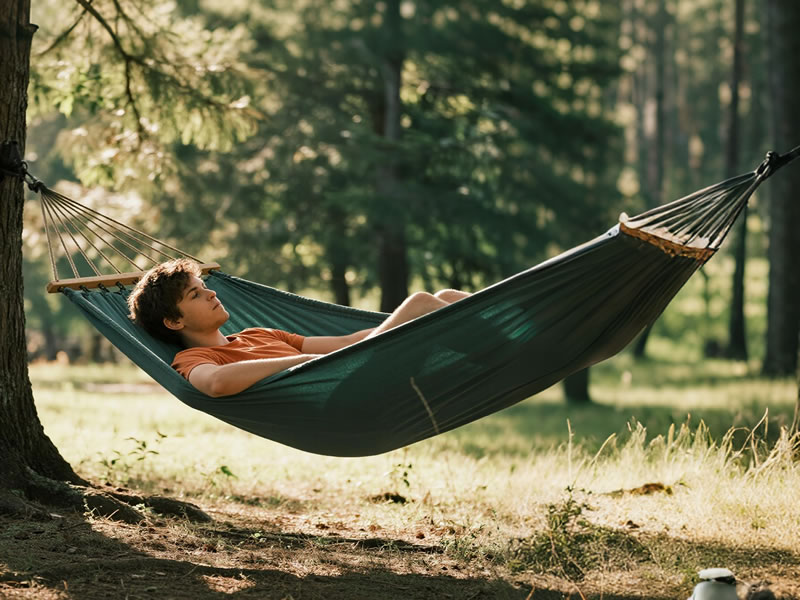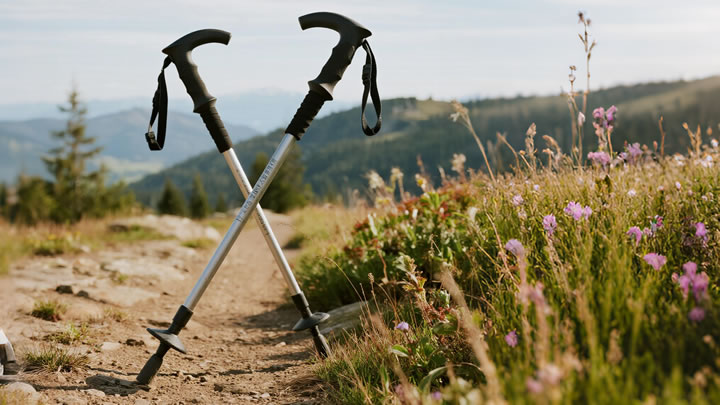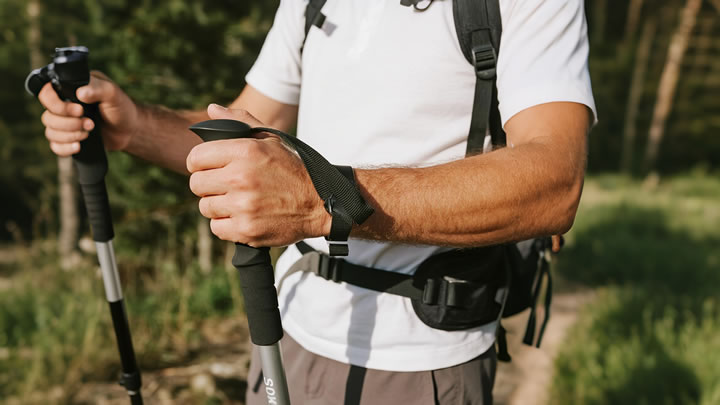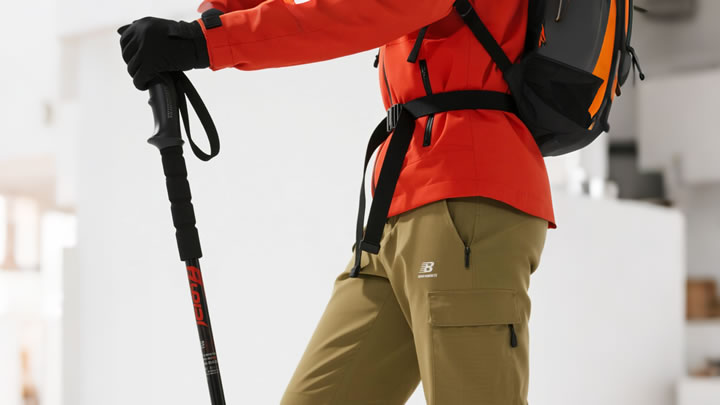Must-have hammock accessories for camping: Straps, tarps, bug nets
Ditching the tent for a hammock transforms camping, offering unparalleled comfort and a closer connection to nature. But to truly master hammock camping and ensure a safe, dry, and bug-free experience, three essential accessories are non-negotiable: straps, tarps, and bug nets. These aren't just extras; they're the foundation of a successful hang.

- Hammock Straps: Your Ethical AnchorWhy Essential: Using ropes directly damages tree bark. Wide, durable straps distribute weight evenly, protecting trees and meeting "Leave No Trace" principles. They are the only responsible way to hang.Key Features: Look for straps made from strong, lightweight polyester/nylon webbing (at least 1-inch wide), featuring multiple adjustment loops for precise hang height and angle (aim for that classic 30-degree sag!). Length (typically 10-15 feet per strap) ensures versatility in varying tree distances.Benefit: Fast, easy setup on any suitable trees, minimal environmental impact, and a rock-solid foundation for your sleep system.
- Hammock Rain Tarps: Your Weatherproof ShieldWhy Essential: Exposure is the hammock camper's biggest vulnerability. A tarp is your primary defense against rain, wind, snow, and even harsh sun. Without it, you're at the mercy of the elements.Key Features: Waterproof, silicone-coated nylon or polyester fabrics (look for ratings like 1500mm+ hydrostatic head). Coverage is critical – hexagonal or catenary cut tarps offer the best protection. Adequate size (11-12ft ridgeline is common) ensures full coverage past your hammock ends. Integrated guy lines and tensioners are vital for a taut pitch.Benefit: Guarantees a dry shelter regardless of weather, provides windbreak and shade, and creates a protected "porch" space for gear storage.
- Hammock Bug Nets: Your Peaceful SanctuaryWhy Essential: Hammocks expose you from below and sides, making you a prime target for mosquitoes, no-see-ums, flies, and other pests. A bug net is essential for uninterrupted sleep and comfort in bug-prone seasons or locations.Key Features: Ultra-fine "no-see-um" mesh (holes < 1mm) is mandatory. Integrated nets (built into the hammock body) offer convenience, while separate "sock" or "fronkey" style nets provide versatility. Look for reliable zippers (often YKK) or bottom cinch cords for secure sealing. Ensure full 360-degree coverage, including underneath.Benefit: Creates a protective barrier against biting insects and pests, allowing for restful sleep without buzzing interruptions or itchy bites.
The Synergy: Comfort, Safety, and Enjoyment
These three accessories work together seamlessly. Straps provide a safe, ethical base. The tarp shields you from above, and the bug net protects you within your cocoon. Investing in quality versions of each transforms a simple hammock into a complete, reliable, and incredibly comfortable shelter system.
Beyond the Basics:
While straps, tarps, and bug nets are the absolute core, consider adding:
- Underquilt: Essential for insulation underneath in cooler weather (pads work but are less comfortable).
- Ridgeline: An adjustable cord running above the hammock for consistent sag and handy gear storage.
- Organizer: Keeps essentials like a headlamp, phone, or book within easy reach.
Conclusion:
Don't head into the woods with just a bare hammock. Equipping yourself with purpose-built hammock straps, a reliable rain tarp, and an effective bug net is fundamental. These aren't luxury items; they are critical for safety, comfort, environmental responsibility, and ultimately, enjoying the incredible freedom and relaxation that hammock camping offers. Prioritize these essentials, and elevate your next outdoor adventure from merely surviving to truly thriving under the stars.






